Germany PMI Manufacturing ticked down to 57.6 in November, from 57.8, but beat expectation of 56.7. That’s nonetheless the lowest level in 10 months. PMI services rose slightly to 53.4, up from 52.4, above expectation of 51.5. PMI Composite rose to 52.8, up from 52.0.
Lewis Cooper, Economist at IHS Markit said:
“The flash PMI data for November point to a general levelling off the economic growth slowdown seen across the German private sector over the previous three months. Business activity continued to rise, with the rate of increase gaining some well needed momentum as manufacturers and services firms alike saw faster uplifts in output.
“Supply delays continued to weigh heavily on the performance of the German economy, however, with inflows of new work rising at a slower pace as clients held off on ordering due to delays. Export orders showed a more resilient trend, but nonetheless, overall new work increased at the weakest rate since February.
“Material shortages, combined with greater energy and wage bills, price hikes at suppliers and logistical issues led to an unprecedented rate of cost inflation in November, with German companies subsequently raising their own charges to a record degree. This subsequently knocked on to business confidence in November, with sentiment the lowest for over a year as many firms cited concerns around the pandemic, supply problems and price pressures.
“Overall, the flash PMI data point to a slightly improved trend for business activity, but supply delays and inflationary pressures remain a key cause for concern and are likely to weigh further on growth in the coming months, especially if these constraints further stifle demand.”
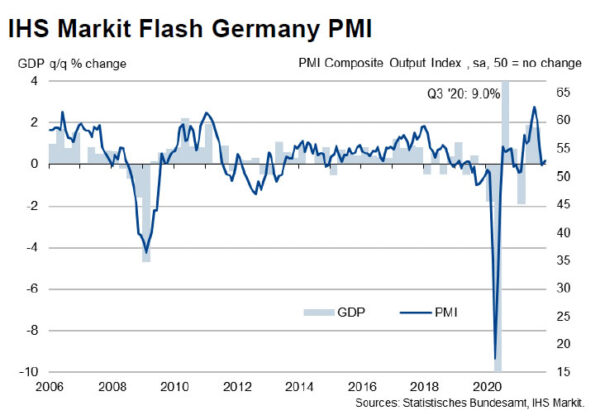
Full release here.




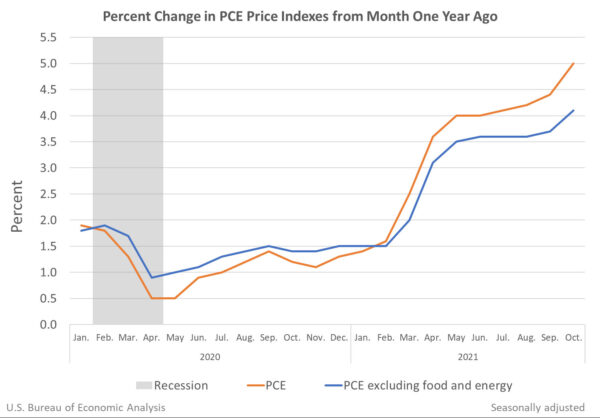
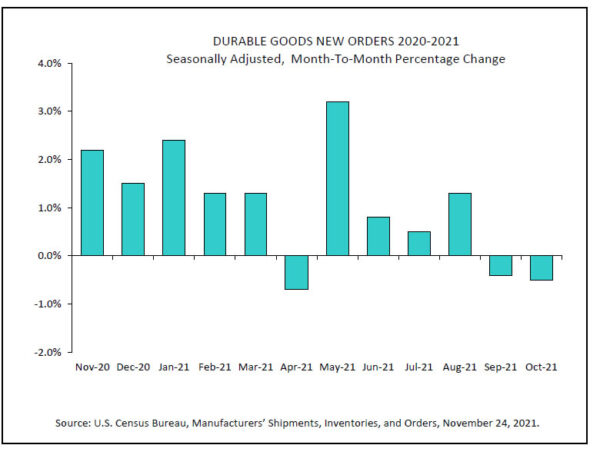
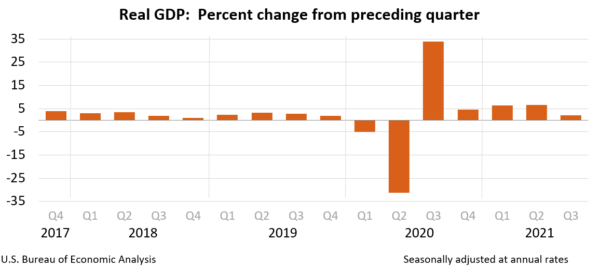
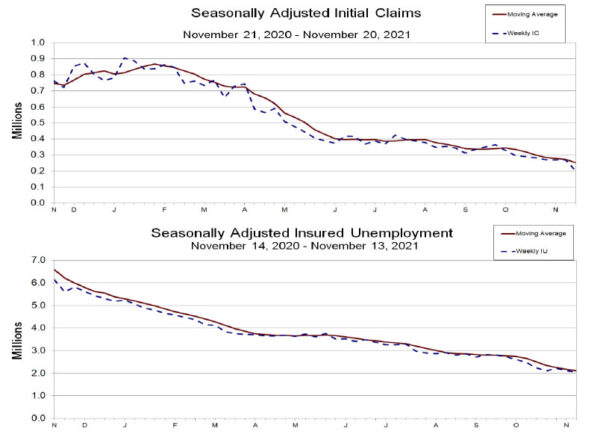
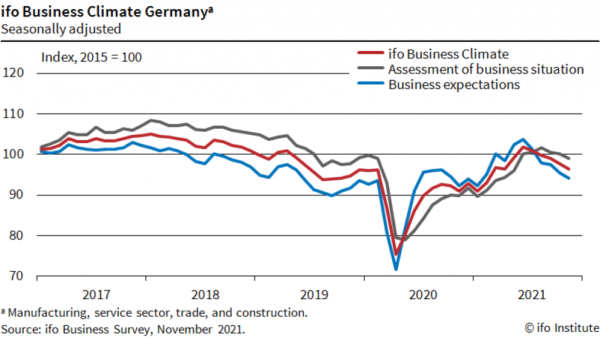
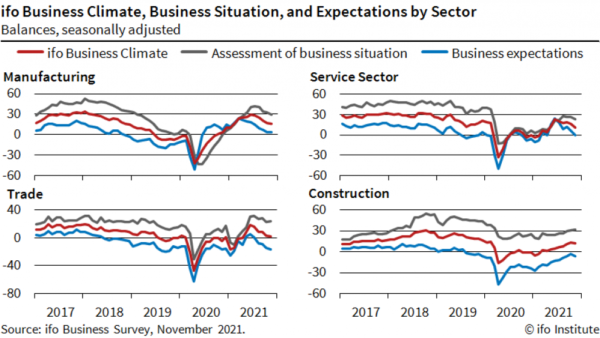
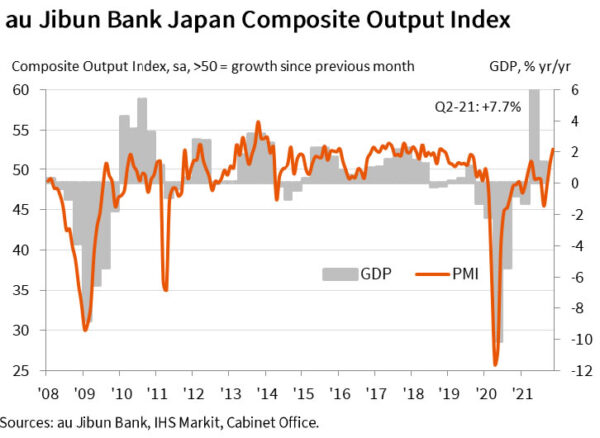
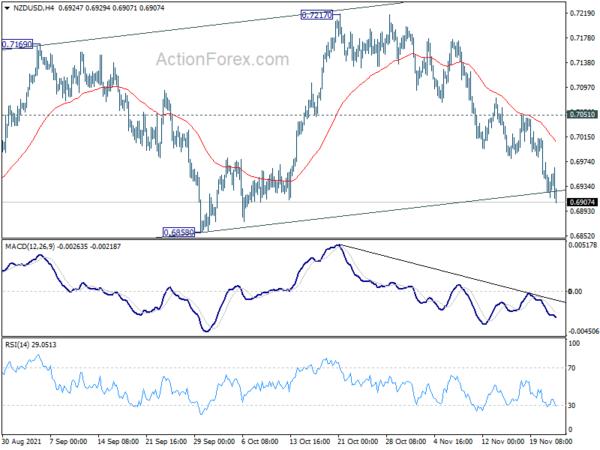
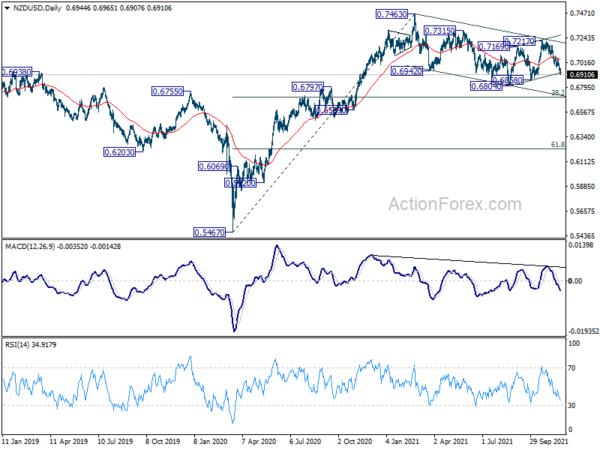
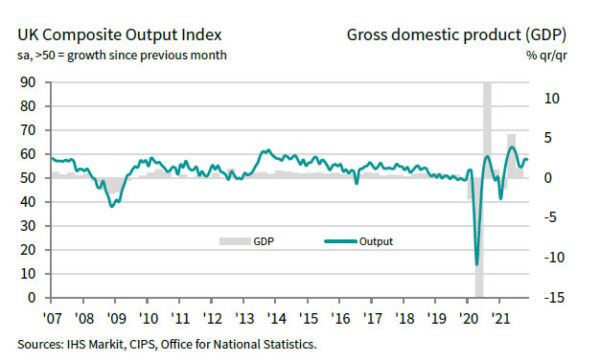
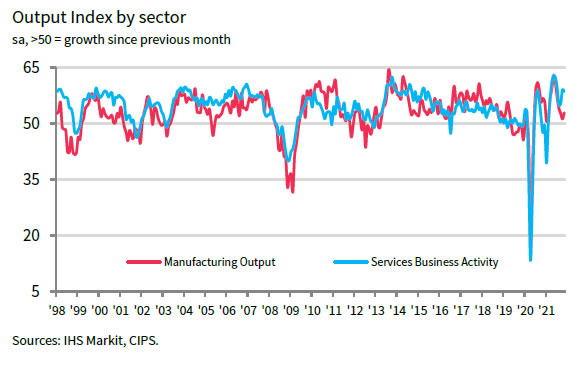
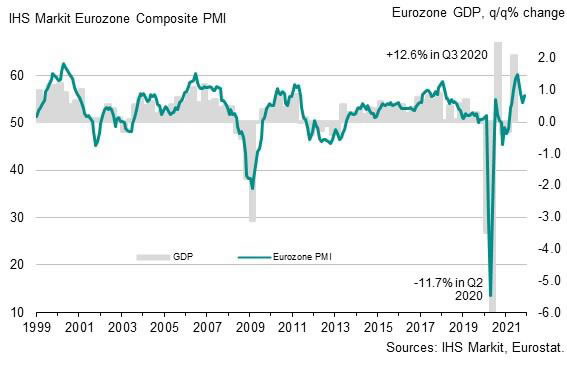

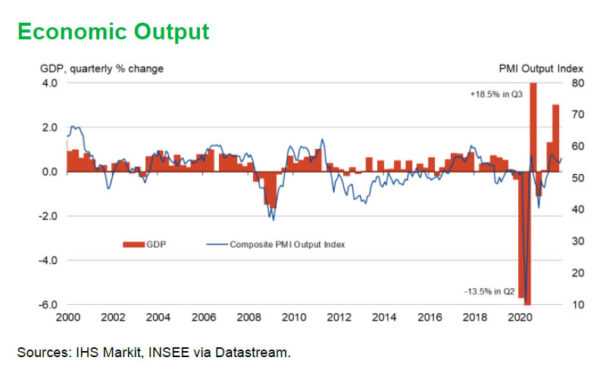
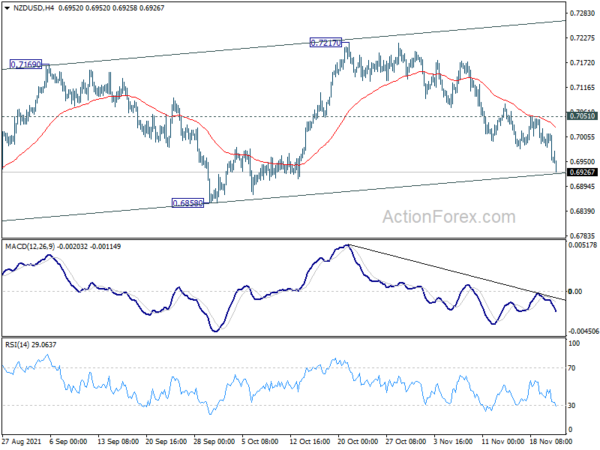
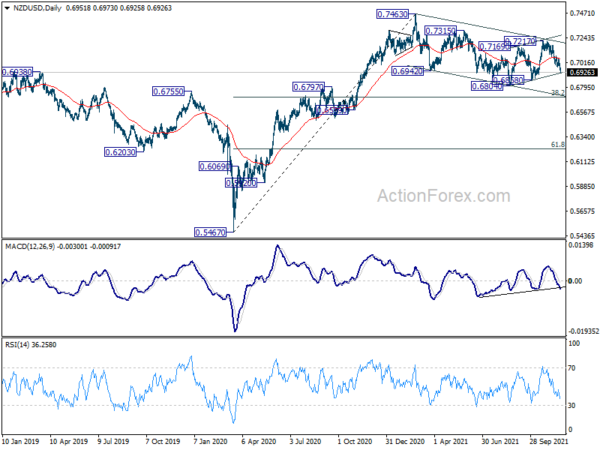
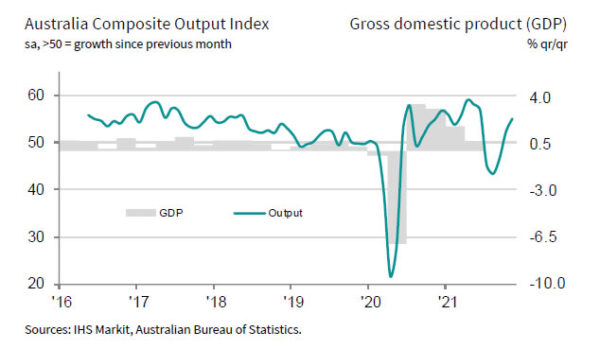
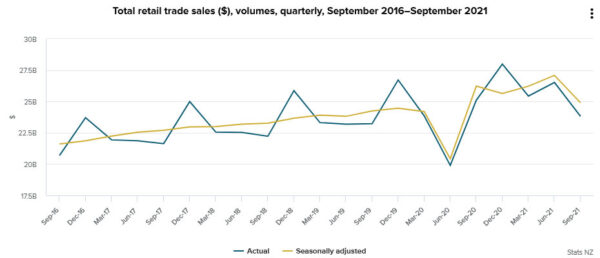

US oil inventories rose 1m barrels, more downside still expected in WTI
US commercial crude oil inventories rose 1m barrels in the week ending November 19, versus expectation of -1.7m fall. At 434.0m barrels, oil inventories are around -7% below the five year average for this time of year.
Gasoline inventories dropped -0.6m barrels. Distillate dropped -2.0m barrels. Propane/propylene dropped -1.0m barrels. Total commercial petroleum inventories dropped -6.0m barrels.
WTI crude oil is losing some downside momentum after hitting 75.53. But there is no clear sign of bottoming yet. As long as 80.32 resistance holds, it’s still more likely to extend the correct from 85.92 to 61.8% retracement of 61.90 to 85.92 at 71.07 before completion.